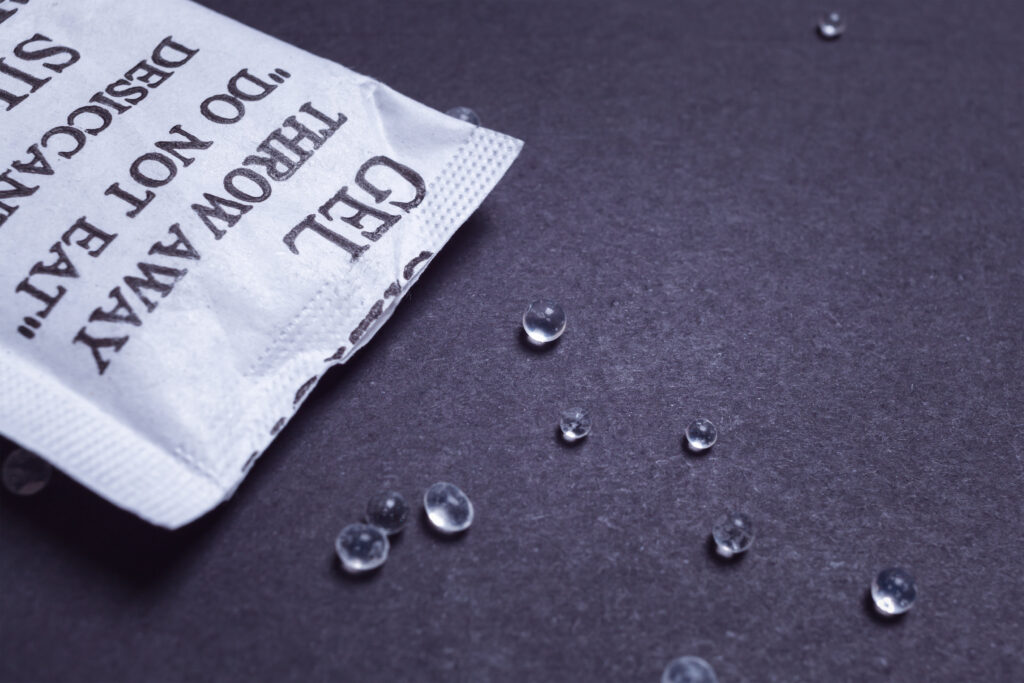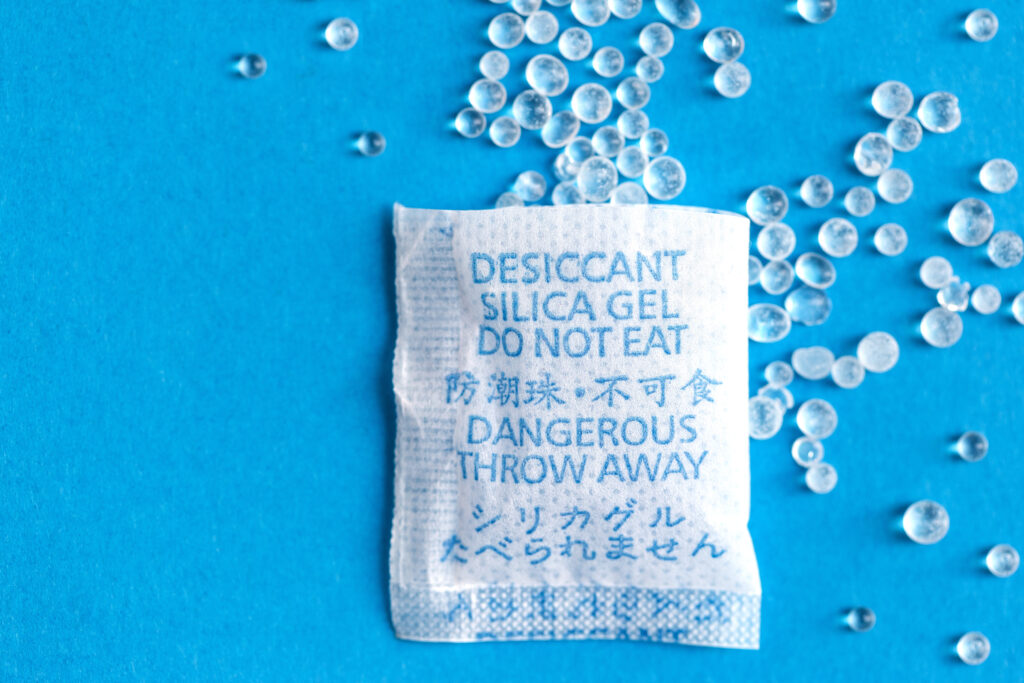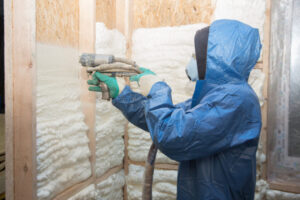We have all opened up beef jerky bags or shoeboxes and found little white packets with the words “DO NOT EAT” stamped all over them. If you're like a lot of people, you have probably wondered what those packets are and why they come inside your shoeboxes. Those packets are filled with something called silica gel!
Silica gel comes in little white packets and is usually found inside shoeboxes, purses, dried food packaging, and other things. Silica gel is what is called a desiccant. Desiccants are drying agents that absorb moisture. They prevent moisture from damaging dried foods or commercial products.
If you still have questions, that's totally okay. Silica gel is a fascinating little material that is fun to learn about. Read on to learn more about where silica gel came from, what it does, and why DO NOT EAT is stamped on the packets.
Who Invented Silica Gel?
Believe it or not, silica gel was actually used all the way back in the 1600s (but it was a mere scientific curiosity during 1640). During World War I, silica gel was used in gas mask canisters to help dissolve and absorb gas vapors that were harmful to soldiers. In 1918, silica gel was finally patented by a chemistry professor at John Hopkins University by the name of Walter A. Patrick. This paved the way for silica gel to be marketed and manufactured synthetically.
Silica gel was also instrumental during World War II in keeping penicillin dry and protecting the military's gear and equipment from being damaged by moisture. Silica gel served as a liquid cracking catalyst in the manufacturing of high octane gasoline. It was also used as a catalyst for the manufacturing of carbon disulfide and catalyst support for butadiene from ethanol.
There have been several different types of silica gel used as well. Type A silica gel comes in the form of clear pellets with an approximation of 2.5 nm pore diameter (pores are what make the gel so absorbent). Type A has moistureproof and drying capabilities and has many uses. These pellets are most often used as catalyst carriers, absorbents, separators, and variable-pressure absorbents.
Type B silica gel comes in pellet form as well, but the pellets are white and translucent rather than clear. These pellets have an approximate pore diameter of 4.5 rather than 2.5, making them a little bigger and more absorbent. Type B pellets are most often used as liquid absorbents, drier carriers, perfume carriers, and catalyst carriers. One of Type B's most popular uses is for cat litter because of how absorbent it is.
Type C silica gel comes in the form of a translucent micro pored structure. This type of silica gel is also incredibly absorbent and, for that reason, is most often used as a raw material in the preparation of silica gel cat litter. Type C has to be dried and screened to form macro-pored silica gel which is then used as a drier, absorbent, and catalyst carrier.

Why Do We Need Silica Gel?
As mentioned before, silica gel serves as a desiccant which is a moisture absorber. For many things (such as the listed dried food, shoes, purses, etc.) moisture is something that should be avoided at all costs. It will encourage the growth of fungus and mold, thereby ruining said products. Condensation is one such form of moisture that can be particularly damaging to certain products. This is why silica gel is a particularly nice little invention.
Silica gel is also used inside high-frequency radio or satellite waveguides to moderate the humidity and keep it neutral. An excess of moisture (usually condensation that builds up) will cause arcing to occur right inside the waveguide itself. Additionally, beads of water will impede the signal and decrease the radio's (or satellite's) efficiency and ability to function.
Silica gel can also be used to dry out the air inside industrial compression systems. If applied correctly, the airflow will run directly through a bed of silica gel beads and dry out accordingly. This will keep condensation and water beads from damaging the system. A similar method is employed to dry the compressed air in the braking systems of locomotive trains. Sometimes silica gel can even be used to regulate humidity in museum storage areas and library exhibitions.
Pros and Cons of Using Silica Gel
Up to now, we've made silica gel sound pretty much perfect. It's true, silica gel has many uses and the pros far outweigh the cons, but it's best to know exactly what you're dealing with, especially if you have any curious little ones who might pick up a packet.
Pros
Perhaps one of the nicest things about silica gel is the fact that it is non-toxic and non-flammable, making it fairly safe to use as a desiccant. It will not do any major damage if your dog or cat swallows it, and probably not even if your child gets to it (but don't encourage consumption!).
Another nice feature is that silica gel is reusable. It can absorb up to forty percent of its own weight and even after that point, it still be dried out and reused. To repurpose your silica gel, all you have to do is throw it in the oven for a while to dry it back out. With pellets especially, you may hear a little bit of popping or crackling as the moisture is withdrawn. It's not usually something you have to worry about.

Silica gel is incredibly easy to store, and you don't have to worry about it corroding or ruining anything it is packed away with. Plus, if you can store it somewhere airtight, you will find that silica gel has an almost indefinite shelf life. All of these things make silica gel an extremely reliable and effective desiccant that is useful in pretty much any situation.
Cons
As mentioned before, there are very few cons to using silica gel as a desiccant, but there is one in particular that you may want to know about. On its own, silica gel is non-toxic, non-flammable, and completely safe for use. However, some pellets are doped with cobalt or chloride which are moisture indicators. They also happen to be toxic, so if your dog or cat, or child ends up snitching a packet and eating it, you may have a serious problem on your hands.
Call your local poison department if you know that a silica gel packet was eaten.



